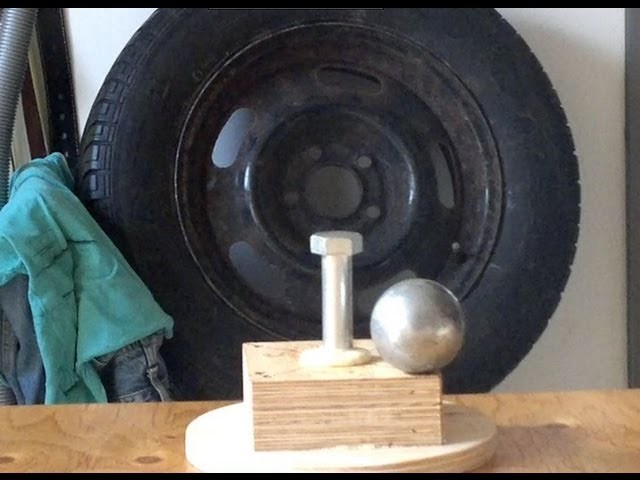October 01, 2020 12:00 AM
When adjusting the balance of a customer’s tires, wheel weights are used to correct any imbalances. The right wheel weight placed in the right spot helps ensure proper tire performance.
It’s all about physics.
By applying the weights to the wheel in a specific, precise location, that additional counterbalance weight causes the wheel’s mass to be distributed more evenly around the axis of rotation.
This ensures the wheel will rotate without vibration. Weight placement location and amount of counterbalance required is made easy with modern wheel-balancing equipment.
Two main types of wheel weights are used: clip-on wheel weights; and adhesive wheel weights. The “right” wheel weight depends on both technician preference and wheel application.
Both clip-on and adhesive wheel weights are available in a variety of different materials. Most common are coated steel (to avoid rust), lead, zinc and even types of plastic.
By nature, technicians often prefer more malleable materials for clip-on weights so they’re easier to install faster with less force. The variety of clip-on designs allow the technician to match them to the profile of the rim flange.
For adhesive weights, the material doesn’t matter as much as the quality of the adhesive tape that secures it to the rim.
Prices often vary based on materials used. Local and state environmental ordinances also may impact the choice of wheel weights used, particularly where lead is concerned.
Clip-on wheel weights, an industry standard, are fastest to use in the balancing process. The design concept hasn’t changed much since the 1930s when they first became popular. Knocking them into the right place on the wheel’s rim flange is a fast process compared with steps necessary to apply adhesive weights.
It’s important the profile of the clip-on weight used matches the profile of the rim flange. Failure to match the weight design to the rim properly can result in weights moving on the rim, coming off the wheel or scratching up the rim.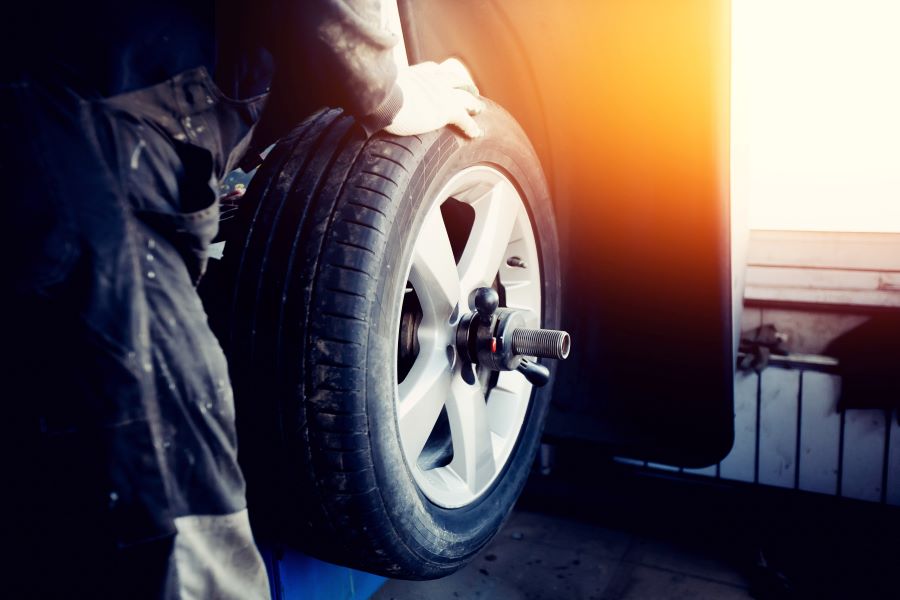
If the wheel does not have a flange, adhesive wheels weights -- also referred to as “stick-on” or “tape-on” weights –- are the best option. Adhesive wheel weights are a good choice for customers who want their wheels to have a certain aesthetics, as weights can be placed behind spokes or integrated into elements of the wheel design.
For adhesive weights, proper surface preparation takes more time, but helps to ensure quality balancing. Be sure the surface of the inside of the rim is clean. That includes properly removing any existing weights and remaining adhesive residue.
It’s also important to clean the wheel before applying new wheel weights. Once the wheel surface is clean and the proper amount of weight is determined, remove the backing of the wheel-weight strip and place the weight in the center of the imbalance point. Apply pressure to make sure contact with the rim is secure.
Finally, re-spin the assembly to ensure proper balance has been achieved.
Although clip-on wheel weights can outnumber adhesive wheel weights in tire stores, adhesive weights are growing in popularity and becoming a more important piece of a shop’s purchase goods.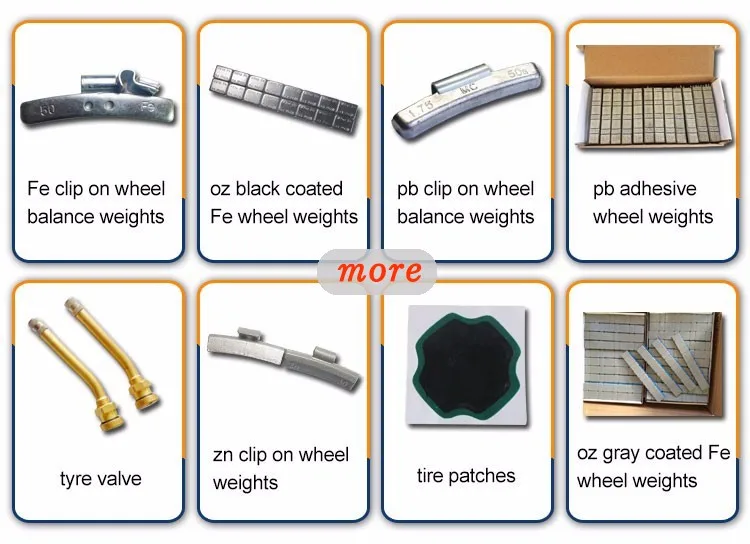
Don Vanderheyden, director of marketing for Hennessy Industries Inc., manufacturer of Bada brand clip-style weights and adhesive wheel weights, estimates adhesive wheel weights make up about 40% of the aftermarket. Gregory Parker, national account sales manager and marketing director for North America at Wegmann automotive USA Inc., places the split at 35% adhesive weights and 65% clip-on weights. He acknowledges the use of adhesive weights versus the clip-on style in the aftermarket is increasing but cautions a rapid transition is not on the horizon.
“The market is always experiencing slow change,” Parker says. “For our segment of the industry the growth of adhesive weight usage is evident and is being driven by adhesive usage growth at the OEM level and the universal appeal of adhesive weight installation. But clip-on weights are not leaving the market anytime soon.”
The introduction of adhesive wheel weight automation in original equipment factories is contributing to the slow increase in adhesive weight usage as OEMs are slowly removing flanges from their rims altogether.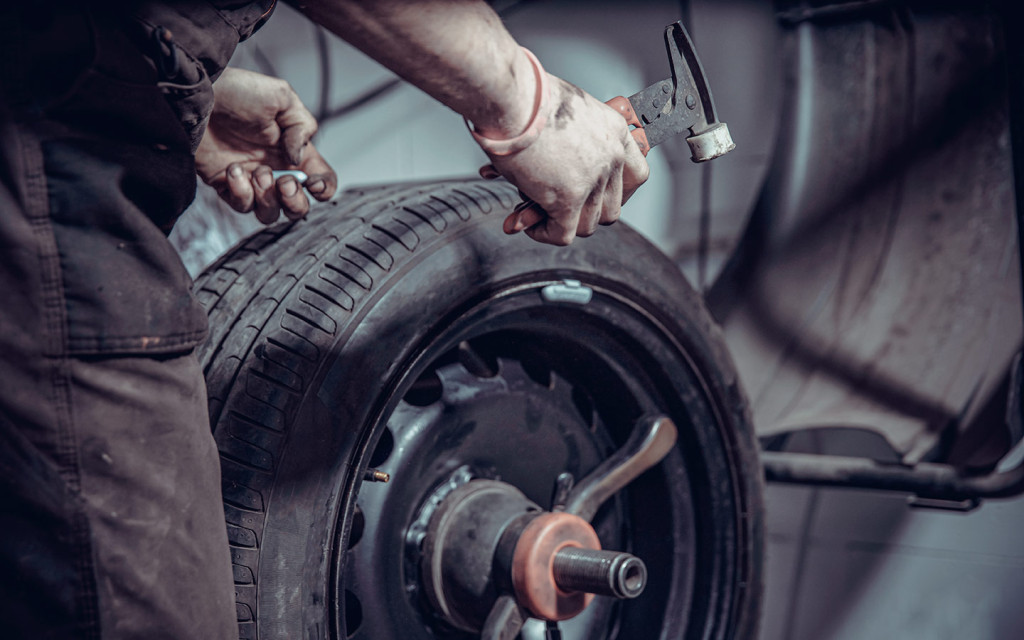
Wheel weight automation can feature standard steel segmented adhesive weights or continuous adhesive weights, made from composite materials, that are installed using robotic arms and large 300 to 400 pound rolls of product. Continuous adhesive weights are well-suited for automation and can be cut to the exact weight, within a fraction of a gram, necessary to balance a tire. However they are roughly two to three times more expensive than standard segmented steel adhesive weights.
There are several factors to consider when discussing the cost of wheel balance weights, according to Parker.
“Adhesive weights are typically lower in cost than clip-on weights for a few reasons,” he says. “Clip-on weights require more SKUs and are slightly harder to manufacture, which increase the cost. Adhesive weights are easier to manufacture and are higher output due to fewer SKUs, which help reduce the cost. However, adhesive weights and clip-on weights are all priced relative to their raw material (lead, zinc or steel) pricing, and both adhesive weights and clip-on weights have other factors like speed and efficiency to consider outside of cost when making decisions on what is right for the business. ”
”
More accuracy Is required
The popularity of flangeless alloy rims is also pushing the use of adhesive weights upwards. Consumers do not want to see a wheel weight on the outside of the wheel. A clip-on weight can be placed on the inside flange, but the only option for the outside plane is an adhesive weight. Technicians can balance the wheel using clip-on weights and adhesive weights, or two adhesive weights.
“When you get rid of that outer clip weight for cosmetic reasons, the weight planes, or the separation between the two weights, are narrower,” says Greg Meyer, wheel balancer product manager at Hunter Engineering Co. “The best placement would be at the extreme inside and outside of the wheel.” The farther apart the weights, the more “couple” force, or the side-to-side wobble of a rolling tire, can be counteracted.
“We’ve lost the outside and two or three more inches because the weight has to be behind the spokes. When those weight planes get closer together, the amount of weights that are required goes up and the precision with which they’re placed also has to go up,” he says.
Adhesive weights require both the balancer and the technician to be more accurate. “He’s got to be more careful and more cautious or he runs the risk of having to peel them off and try again or doing a bad job and having an unhappy customer with a vibration complaint,” says Meyer.
One of the latest trends in custom wheels is extremely thin spokes that curve and blend into the barrel of the rim rather than stop at the barrel. The spoke style creates high and low spots in the rim, which complicates the balancing job for the technician. The design requires the weights to be placed just three or four inches apart.
“The weights would rapidly start getting very large and difficult to compensate for the imbalance,” says Meyer. “The trend is definitely there for the tire dealer and more so for the aftermarket people who are dealing with specialty custom rims. Sooner or later everyone is going to see some crazy example of this.”
Bigger wheels also create wheel weight challenges.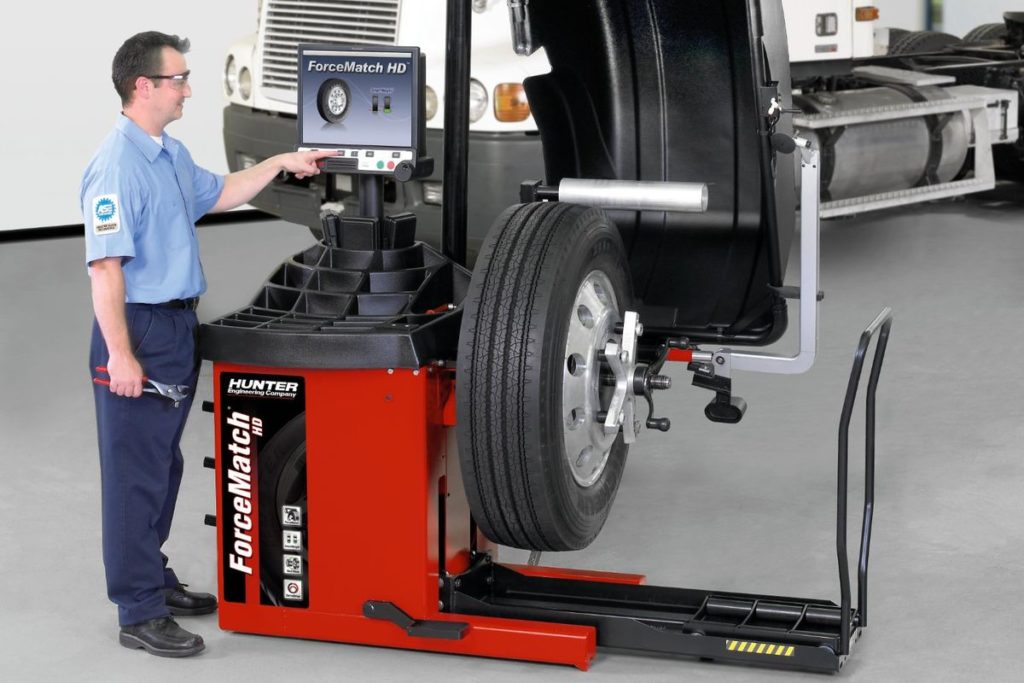 Although bigger wheels should be easier to balance because they are wider and have larger diameters, consumers do not want to see the weights.
Although bigger wheels should be easier to balance because they are wider and have larger diameters, consumers do not want to see the weights.
“The reality is that bigger wheels are more appearance-focused. There’s almost never an outer weight installed on a wheel larger than 20 inches because the guy buying 20-inch wheels would never allow it,” says Meyer.
Balancers evolve
Balancers have become more helpful to technicians. Advancements enable a technician to place the correct amount of clip-on or adhesive weight exactly where needed.
Meyer says Hunter’s patented SmartWeight technology gives technicians the simplest solution with the least amount of weights that are fastest to apply. The speed and simplicity of placing wheel weights are side benefits of SmartWeight. The technology provides a better overall balance by focusing on the up and down static forces that are most likely to be felt by the driver while keeping the couple (wobble) forces in check, adds Meyer.
Hennessy Industries’ Vanderheyden suggests dealers consider advances in technology that make it easier and faster to install wheel weights when purchasing new equipment. Features such as the ability to lock the wheel in place, lasers to pinpoint the weight’s exact location and lighting to illuminate the barrel of the wheel are available on advanced models such as the Coats 1600 wheel balancer.
The additional technologies make the balancing process easier, faster and more accurate, which helps offset the time and steps required to install adhesives weights compared to clip-on weights. In order for an adhesive weight to stick to the wheel, the area where it will be attached must be cleaned with a solvent and dried first, which adds time to do correctly. Clip-on weights do not require the wheel to be cleaned and are much faster to install.
Cleanliness counts
Advancements in balancing equipment allow technicians to be faster and more efficient when installing clip-on and adhesive weights. Other efficiency improvements are coming from wheel weight packaging and inventory management, according to Parker. He notes tire stores are becoming aware of a cleanliness standard that is used in manufacturing settings called 5S. The 5S organization method is a process designed to keep the workplace in a clean condition.
Other efficiency improvements are coming from wheel weight packaging and inventory management, according to Parker. He notes tire stores are becoming aware of a cleanliness standard that is used in manufacturing settings called 5S. The 5S organization method is a process designed to keep the workplace in a clean condition.
“Tire retailers in the 21st century are understanding that high-level shop efficiencies are necessary in order to compete in today’s competitive landscape. Inventory management systems, faster reordering tools, and 5S cleanliness standards help technicians worker smarter, not harder,” he says.
Wegmann’s Hofmann Power Weight brand has developed a racking system for wheel weight inventories that allows technicians to get to the product faster.
“We are introducing our Hofmann Power Weight SpeedRack, which delivers a wheel weight inventory solution that holds all the inventory in the shop, features front opening boxes to ensure a clean receptacle every time a new box is opened, and front mounted bar codes to make Warehouse Management System reordering easier,” says Parker.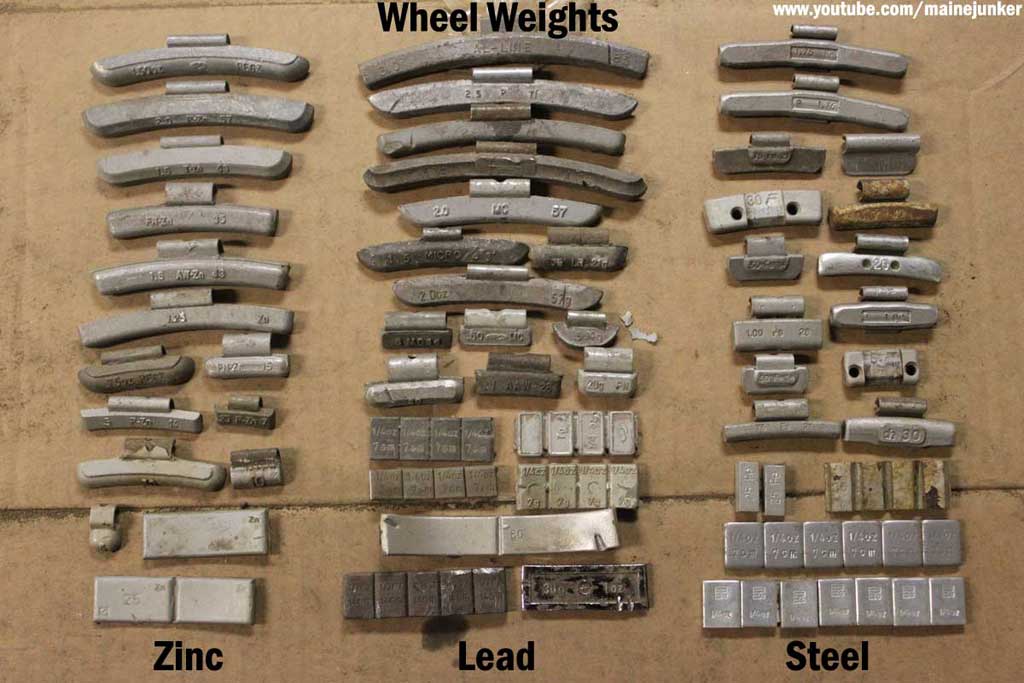 “It is no longer just about the weight, as suppliers must also enhance the offering surrounding the product itself.”
“It is no longer just about the weight, as suppliers must also enhance the offering surrounding the product itself.”
Ninth state bans lead
The use of lead wheel weights has been banned by nine states. The latest ban was passed by New Jersey in January 2018. The other states are Washington, Maryland, California, Illinois, Maine, Vermont, Minnesota and New York. Sources of lead-free wheel weight alternatives like zinc and steel include the Bada, Perfect Equipment, Plombco and Hoffman Power Weight brands. Plombco also offers a steel core wheel weight encased in a plastic shell called Plasteel. ■
Sealant must be injected into a pre-balanced wheel. Observing the required dosage. The manufacturer allows the introduction of a volume increased by 5-7%, this will not affect the balance of the wheels. Underfilling is not allowed! Subject to all the rules for processing tires using Kevlon technology, the protective layer does not impair the balance of the wheels, but performs automatic balancing, improving comfort at high speeds. A similar principle is used for automatic wheel balancing of trucks. Where special granules of microbeads, balancing powder or foam are placed inside a car tire. We tested wheels with four times the recommended dosage. This did not lead to extreme vibrations, driving at speeds up to 100 km / h remained quite comfortable. Meanwhile, it is necessary to follow the manufacturer's recommendations! nine0003
A similar principle is used for automatic wheel balancing of trucks. Where special granules of microbeads, balancing powder or foam are placed inside a car tire. We tested wheels with four times the recommended dosage. This did not lead to extreme vibrations, driving at speeds up to 100 km / h remained quite comfortable. Meanwhile, it is necessary to follow the manufacturer's recommendations! nine0003
Since after the introduction sealant into the tire, it is necessary to drive a distance of 5-10 km, for a uniform distribution of the product inside the wheel, it is recommended to carry out its introduction immediately before handing over the vehicle to the customer. First few minutes vibration will be felt, this is normal. After even distribution of Kevlon in the tire, the wheel will automatically balance for the speed at which the car is moving. In case of exceeding daily driving speeds, a slight vibration may occur for a short time. The wheel will be balanced for the current speed and the vibrations will disappear, in the future they won't show up. nine0003
nine0003
If the dosage is violated and the wheel is introduced insufficient amount of Kevlon layer will not be able to close, even distribution will not occur, the wheel will not be able to perform automatic balancing, there will be unprotected areas. In this case it is necessary to disassemble the wheel, remove the previously applied layer of Kevlon, reassemble, balance the wheel and repeat the treatment procedure using the required sealant volume. If it is not possible to carry out tire fitting work, the volume the amount of sealant underfilled into the tire must be increased by 50%. nine0003
For example: You have processed wheel using Kevlon technology, rolled the tire, but due to lack of sealant the protective layer could not close. This will show up as an imbalance. Determined that underfilling was 100 ml. It will be necessary to add 150 ml to the tire. And make a run-in. Note that when you fix a bug like this thus, adding Kevlon to a previously treated wheel, the time required for the formation of a uniform layer may increase.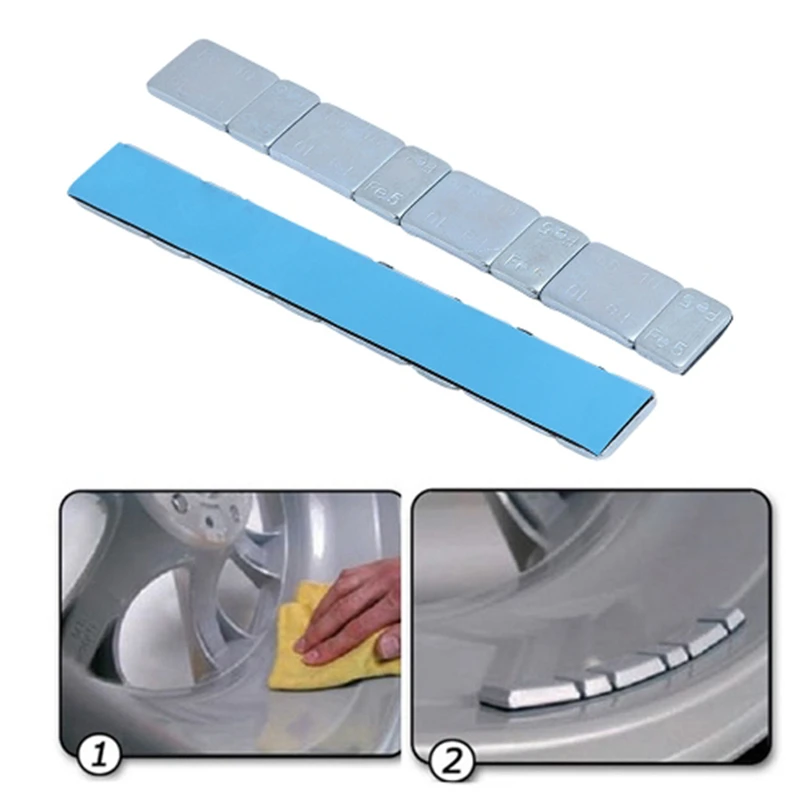
To roll out sealant you will need to drive at least 50 km. Kevlon has high adhesion and after evenly distributed on the inside of the tire does not run off during parking. The adhesive properties are best manifested after a run of 300 - 400 km. nine0003
Excess quantity Kevlon sealant in the tire increases its consumption and the cost of the material. So it is also possible to move (drain) excess sealant during a long parking, and this may manifest itself as a slight vibration during the first minutes movement. It doesn't make more sense to try to roll out a freshly tucked Kevlon tire balancer, wheel speed first about 55 km / h, and this is not efficient enough. It will take a lot amount of time. The higher the speed, the faster distribution occurs Kevlon in the tire. Moreover, the wheel must work and be loaded by vehicle mass. nine0003
Some tires have strongly developed internal strands, these are parallel cords covered with rubber, on these tires it may be necessary to evenly distribute the Kevlon ply.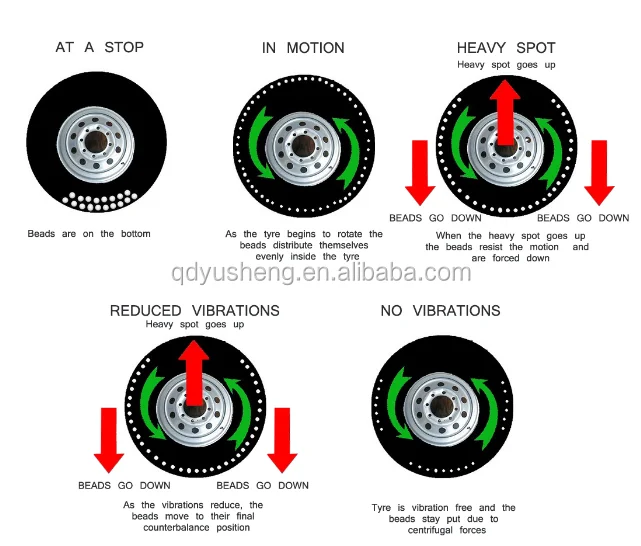 a little more time. Increasing the time to create a uniform protective layer Kevlon is possible when processing tires in winter at sub-zero temperatures. AT In this case, it is necessary to drive 20-30 km by car. after processing. Kevlon Designed for use in wheels throughout the life of the tire. As a result of the operation of the car, it may be necessary to balance wheels with tires protected by Kevlon technology. If balancing performed on a machine with a horizontal spindle, it is recommended (if it allows equipment) perform unbalance registration in manual mode. The machine is not must be switched off automatically, the wheel must be allowed to rotate in for a minute, only after that measure the imbalance. In this case balancing will be the most accurate. Please note that repeatability results on a balancing machine with centering cones approx. 3 result out of 10, the error of such a measurement can vary between 5-25 grams and has nothing to do with the presence of Kevlon sealant in the tire, but depends on degree of wear of the centering cone.
a little more time. Increasing the time to create a uniform protective layer Kevlon is possible when processing tires in winter at sub-zero temperatures. AT In this case, it is necessary to drive 20-30 km by car. after processing. Kevlon Designed for use in wheels throughout the life of the tire. As a result of the operation of the car, it may be necessary to balance wheels with tires protected by Kevlon technology. If balancing performed on a machine with a horizontal spindle, it is recommended (if it allows equipment) perform unbalance registration in manual mode. The machine is not must be switched off automatically, the wheel must be allowed to rotate in for a minute, only after that measure the imbalance. In this case balancing will be the most accurate. Please note that repeatability results on a balancing machine with centering cones approx. 3 result out of 10, the error of such a measurement can vary between 5-25 grams and has nothing to do with the presence of Kevlon sealant in the tire, but depends on degree of wear of the centering cone. nine0003
nine0003
For the most precise balancing, it is preferable to use a hub adapter for centering wheels on the machine. The best balancing option is the finishing car balancing. In this case, the balance of the wheel, elements drive, brake discs, etc. Wheel with special equipment spins up to a speed of 120 km / h directly on the car, balancing will be the most accurate.
These guidelines will help achieve the best results when balancing not only wheels machined according to Kevlon technology, they are applicable to ordinary wheels, moreover, tires with a protective layer of Kevlon are less demanding on balancing accuracy, since they themselves compensate for excess imbalance. From each one we tested for imbalance wheels after processing and running tires with Kevlon sealant, we shot 20-40 grams of balancing weights. Please note that after installing a new tires on the disk, and balancing work, it is possible to shift the balance after 500 km. run. This is due to the fact that during storage or tire deformation and caking may occur during transportation. After rolling Tires are recommended to be re-balanced. This recommendation valid for both conventional tires and tires treated with Kevlon technology. nine0003
After rolling Tires are recommended to be re-balanced. This recommendation valid for both conventional tires and tires treated with Kevlon technology. nine0003
Starostin, K.V. Study of wheel imbalance and its consequences. The device and principle of operation of balancing stands / K. V. Starostin. - Text: direct // Young scientist. - 2016. - No. 25 (129). - S. 72-76. — URL: https://moluch.ru/archive/129/35677/ (date of access: 01/13/2023). nine0024
Wheel balancing is a procedure for adding weights to the inner and outer part of the rim or introducing special granules inside the tire, which, being attracted to the surface of the tire, balance the imbalance.
“The balancing machine is designed to determine the degree and place of dynamic or static imbalance of all kinds of rotating parts of the car - shafts, turbines, electric motor rotors, pulleys and wheels. In such equipment, the product to be balanced is installed on supports, which are the basis of the balancing machine. The balancing machine is equipped with drives for the rotation of the product to be balanced, as well as measuring equipment, consisting of visual instruments. nine0003
In such equipment, the product to be balanced is installed on supports, which are the basis of the balancing machine. The balancing machine is equipped with drives for the rotation of the product to be balanced, as well as measuring equipment, consisting of visual instruments. nine0003
Structurally, balancing machines can be divided into two groups:
A balancing machine designed for static and dynamic balancing according to the location of the axes of rotation can be of two types: nine0003
– with a vertical axis of rotation;
- with a horizontal axis of rotation.
The balancing machine is equipped with a motorized drive, which allows, unlike manual rotation, to make more accurate measurements.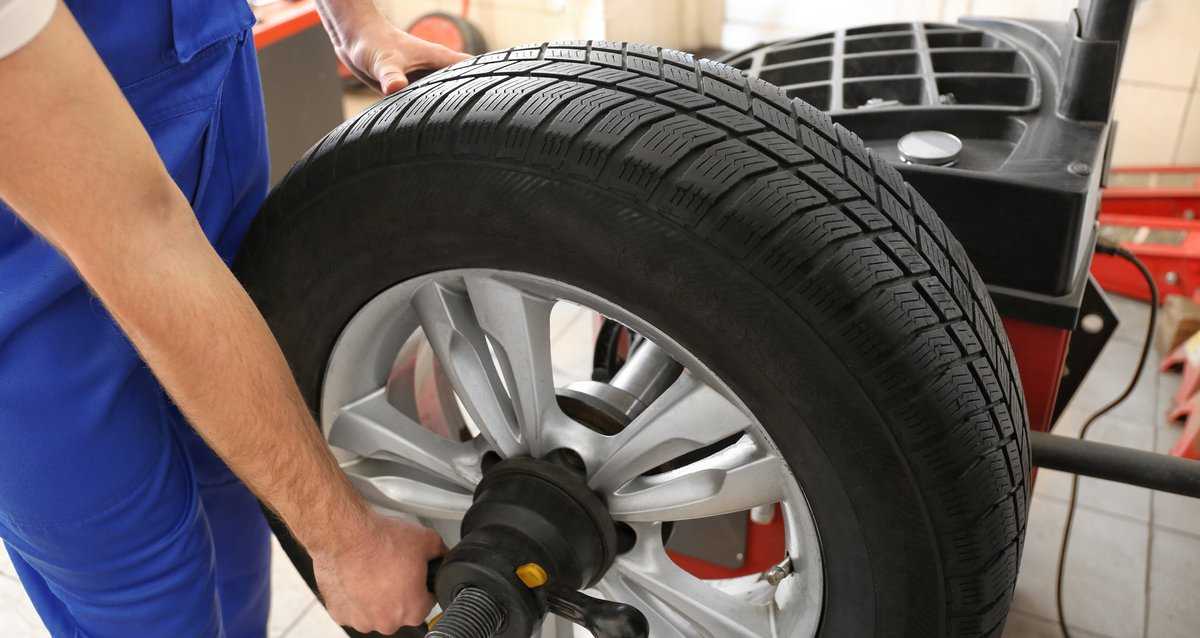 [1]
[1]
Scheme of action of unbalanced forces with static and dynamic unbalance of wheels
Rice. 1. Types of wheel imbalances
The static imbalance of the wheel characterizes the deviation of the central axis of inertia - the axis of rotation: in fact, they are parallel, but not identical. An unbalanced mass forms a torque, oscillations (pendulum) occur. To solve this problem, static balancing is required - the installation of special weights on the diametrically opposite side of the wheel. nine0003
Dynamic imbalance occurs due to an imbalance in the width of the wheel. Such an imbalance can be identified by examining the wheel as it rotates. A centrifugal force appears, directed in different directions, forming a pair with a torsion moment. In dynamic balancing, balancing weights are mounted on the surface and inside the wheel.
Rice. 2. Maximum allowable runout of the tire and the mass of compensating weights
Types of balancing stands:
Stands for trucks — wheel balancing of trucks is carried out in specialized stands. Such stands allow you to more accurately recognize the balancing of the wheel. With successful balancing, the service life of the car increases: reduction of vibrations on the body, hub and chassis of the car, increase in smoothness of the ride, increase in the service life of the tires.
Such stands allow you to more accurately recognize the balancing of the wheel. With successful balancing, the service life of the car increases: reduction of vibrations on the body, hub and chassis of the car, increase in smoothness of the ride, increase in the service life of the tires.
The balancing stand for trucks, unlike an ordinary stand, is equipped with a more reinforced frame. “Starting the engine of the stand is carried out using a casing, and measuring the size of the disk to set the program using a special ruler. In addition, most truck balancers are equipped with a splash guard that allows you to work safely on the stand.” nine0003
Rice. 3. Balancing stand Flying BL656
Stands for cars - allows you to determine the quality of rotation of the wheel of a car. The rotation of the wheel should be unchanged in the X and Y axis, the centrifugal force should not be directed to the parts of the car. If the balance of the car is disturbed (an imbalance can occur during sudden physical exertion: a pit, bumps, etc.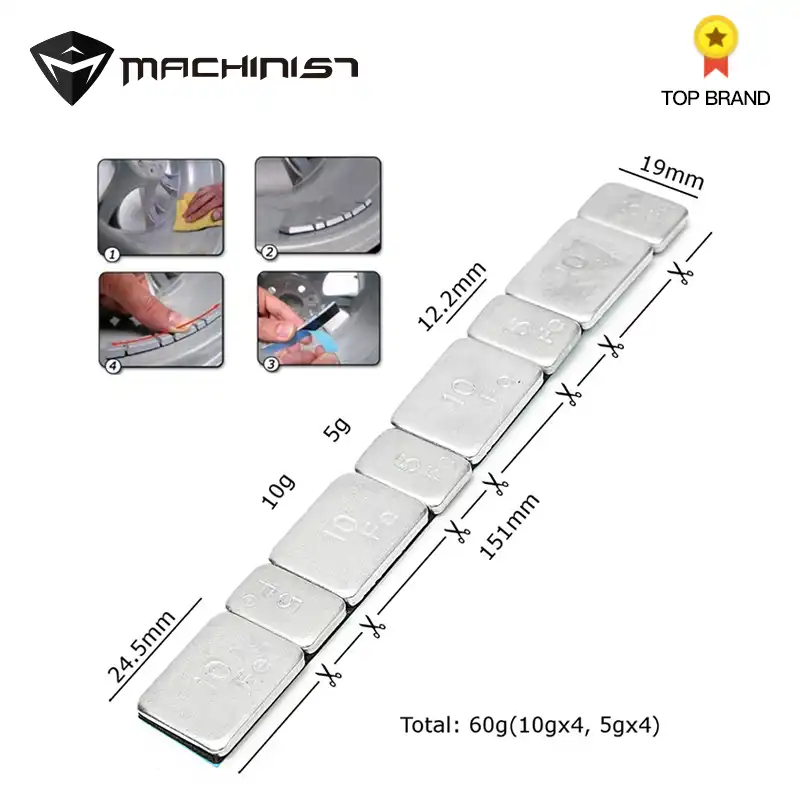 ), just like in trucks, there will be various body vibrations, physical stress on the car suspension and a decrease in tire life. nine0003
), just like in trucks, there will be various body vibrations, physical stress on the car suspension and a decrease in tire life. nine0003
Rice. 4. Balancing stand Hofmann Geodyna 4800 L
“Additional equipment for balancing – includes centering cones of various diameters, thanks to which it is possible to fix almost all types of wheels of any manufacturer on the stand. As a rule, separate stands are produced for balancing motorcycle wheels. However, when using a special lock, it is possible to balance BMW, Aprilia, Honda, Harley, Ducati motorcycle wheels on almost all types of balancing equipment. Also among the additional equipment you can find special installation rulers. With the help of setting rulers, you can set the balancing weight with great accuracy. nine0003
Also, additional accessories for balancing include shafts of various sizes, shaft alignment kits, measuring probes. All of them will help to make work with the balancing stand more convenient, faster and save you from such moments when you have to create devices yourself for convenient work. A set of cones for discs will help you work accurately and efficiently with the stand. As a rule, kits vary in size. Auto repairers also use universal faceplates, truck wheel balancing kits, and protectors.” [2] nine0003
A set of cones for discs will help you work accurately and efficiently with the stand. As a rule, kits vary in size. Auto repairers also use universal faceplates, truck wheel balancing kits, and protectors.” [2] nine0003
Wheel balancing consumables - tools that reduce the time spent on wheel balancing
Weights are considered a mandatory material for balancing. With the help of weights, you can easily eliminate the imbalance. Weights during rotation of the wheel take on the centrifugal force, so that the wheel begins to rotate correctly
“Loads are distinguished by weight in grams. That is, for each balancing stand you need to have a set of consumables - weights of various sizes, in grams. Generally, the fastest wheel balancing is done quickly by attaching a weight to the wheel. The balancing machine, after checking, gives out where and what mass you need to attach the weight. nine0003
The weights are stuffed and glued. [3]
The principle of unbalance measurement on the stand.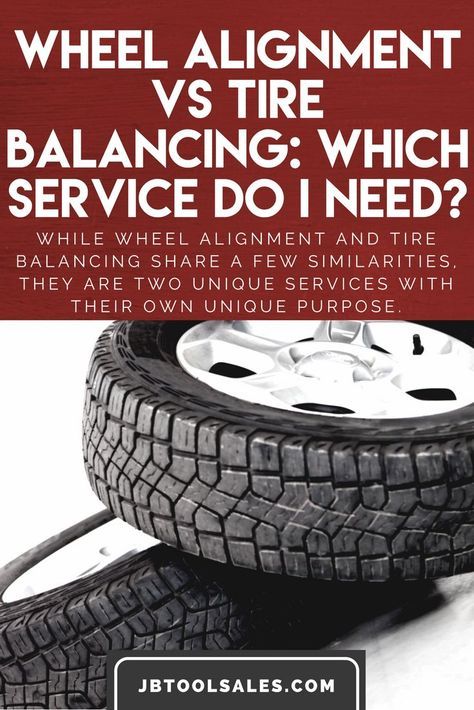
To perform the measurement, it is necessary to use a special balancing machine, which must have a fastening cone that will align the position of the wheel along the axis of rotation. Next, you need to spin the wheel by moving consumable tools (weights) on the disk.
Modern stand for diagnostics and wheel balancing
“More accurate balancing is performed using an electronic machine, into which wheel parameters are entered. The stand automatically measures the balance in various positions of the wheel and displays on the screen the places for installing balancing weights and their weight. Weights for balancing are made of lead and have different types. They can be printed or adhesive. Universal adhesive balancers are installed on the inner surface of the disc and do not violate the aesthetics of its appearance. [3] nine0003
Rice. 5. Self-adhesive balance weights
Before starting work with the machine, it is necessary to set it up, perform a visual inspection of the wheel, clean it from dust and dirt, remove old loads, select the size of the cone for the wheel, so that there is no wheel displacement during balancing.